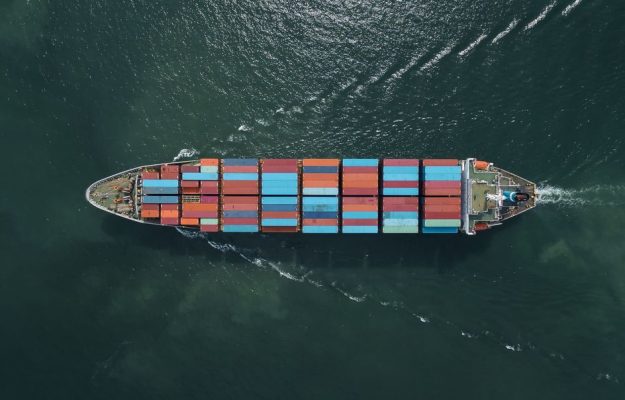Wine sales in Italy and Europe are in double figures, but there is little cause for celebration. It is the fault - remarks the Unione Italiana Vini (UIV) - of the boom in price increases, also in double figures, which affect the finished product by 30%. The skyrocketing costs concern everything from the dry raw materials to the product, from glass to labels, from cartons to bottle closures, from transport (with container tariffs that have risen by 400%) to electricity, right up to the average price of wine itself which, thanks to a low volume harvest, has seen increases of up to 40% compared to 2020.
A combination that, according to the secretary general of UIV, Paolo Castelletti, “costs the sector even more than what was estimated only a month and a half ago: at present, the additional “bill” for the sector now exceeds 1 billion euros, and this is net of the difficulties in wine deliveries, which are beginning to become evident, albeit to a much lesser extent than in France. It is quite clear”, added the secretary of the organization that represents 85% of Italian exports in the sector, “that companies will soon be forced to review the price lists previously agreed with distributors and importers. The consequences of this situation will not be easy to manage, as it risks crushing the weaker companies and generating a dangerous downward spiral. We, therefore, call on the government to pay maximum attention to the forthcoming Budget law and the tax delegation, in order to ensure measures to alleviate fixed costs (taxation on labor and energy) that can support the production world and not mortify its competitiveness”.
From North to South, the picture provided by the main UIV member companies is the same. For Daniele Simoni, managing director of Schenk (50 million bottles a year), “we will be forced to recontract our price lists from the beginning of next year: some DOC wines, such as Primitivo di Manduria, have increased in value by up to 50%, Prosecco by 30%, but even in Tuscany and Piedmont, values have risen”. In Valdobbiadene, at the Mionetto winery - almost 40 million bottles - the situation is the same: “we cannot think of absorbing all these increases with our own forces”, said managing director Alessio del Savio. “Cardboard, glass, capsules and labels have a 20% higher bill, but in addition to the expense there is a not secondary problem of supply”. From Erbusco, Massimo Tuzzi, CEO of Terra Moretti, a group that from Franciacorta has extended its production radius to three regions and six wineries, emphasizes that “only with glass suppliers is the increase reported in double figures, but all components are on the rise. It is clear that from January we will be forced to increase prices, but our objective is to absorb, as far as possible, part of the surplus: faced with the difficulties of the period, we believe it is right that everyone should do their part, both in terms of production and sales”.
Copyright © 2000/2025
Contatti: info@winenews.it
Seguici anche su Twitter: @WineNewsIt
Seguici anche su Facebook: @winenewsit
Questo articolo è tratto dall'archivio di WineNews - Tutti i diritti riservati - Copyright © 2000/2025









































































































































































































